Job-site preparations for fire doors are addressed in NFPA 80 – Standard for Fire Doors and Other Opening Protectives. These modifications are limited to preps for specific types of hardware, including round holes for surface-applied hardware, function holes for mortise locks, and holes for labeled viewers. Installation of protection plates and undercutting wood and composite doors a maximum of 3/4-inch are also allowed as job-site preparations on fire doors.
For fire door alterations that are not allowed as job-site preparations, NFPA 80 allows field modifications when approved by the listing laboratory. The request is made to the lab through the manufacturer of the product being modified, with a written or graphic description of the modification. If the manufacturer is no longer available, the lab may be contacted directly.
NFPA 80 also addresses acceptable means of filling holes in existing fire doors. Fastener holes that are no longer needed may be filled with steel fasteners that completely fill the holes. As an alternative, fastener holes may be filled with the same material as the door or frame, or with material listed for this purpose and installed in accordance with the manufacturer’s procedures.
Holes other than those described in the standard are treated as field modifications. In my interpretation this would include holes that are not fastener holes. As a field modification, permission must be requested from the listing lab, via the manufacturer. If the lab determines that the proposed field modification to fill the hole will not negatively affect the performance of the fire door, the work can proceed.
For example, I have sometimes seen metal plates welded or screwed to a hollow metal fire door to cover existing holes. This repair might be allowed by the listing lab as a field modification. In my past experience I had not seen commercially-available cover plates or wrap plates permitted as a means of repairing fire door assemblies, however, several iDigHardware readers have asked me about products that are currently being marketed for this purpose. The product information states that these plates are listed for use on fire door assemblies.
If you are an AHJ or fire door inspector, or have used these products to cover holes in fire doors, please share your insight. Are there limitations on hole size, door material, or fire rating? Is permission from the door manufacturer required?
WWYD?
The photos below show a fire door with a wrap plate covering an existing lock preparation. I’m sure this was just an off-the-shelf repair kit, not specifically designed for use on a fire door, but the assembly performed well during a fire in an apartment building. You can click here to see the rest of the photos from this fire, submitted by Scott Strassburg.
You need to login or register to bookmark/favorite this content.

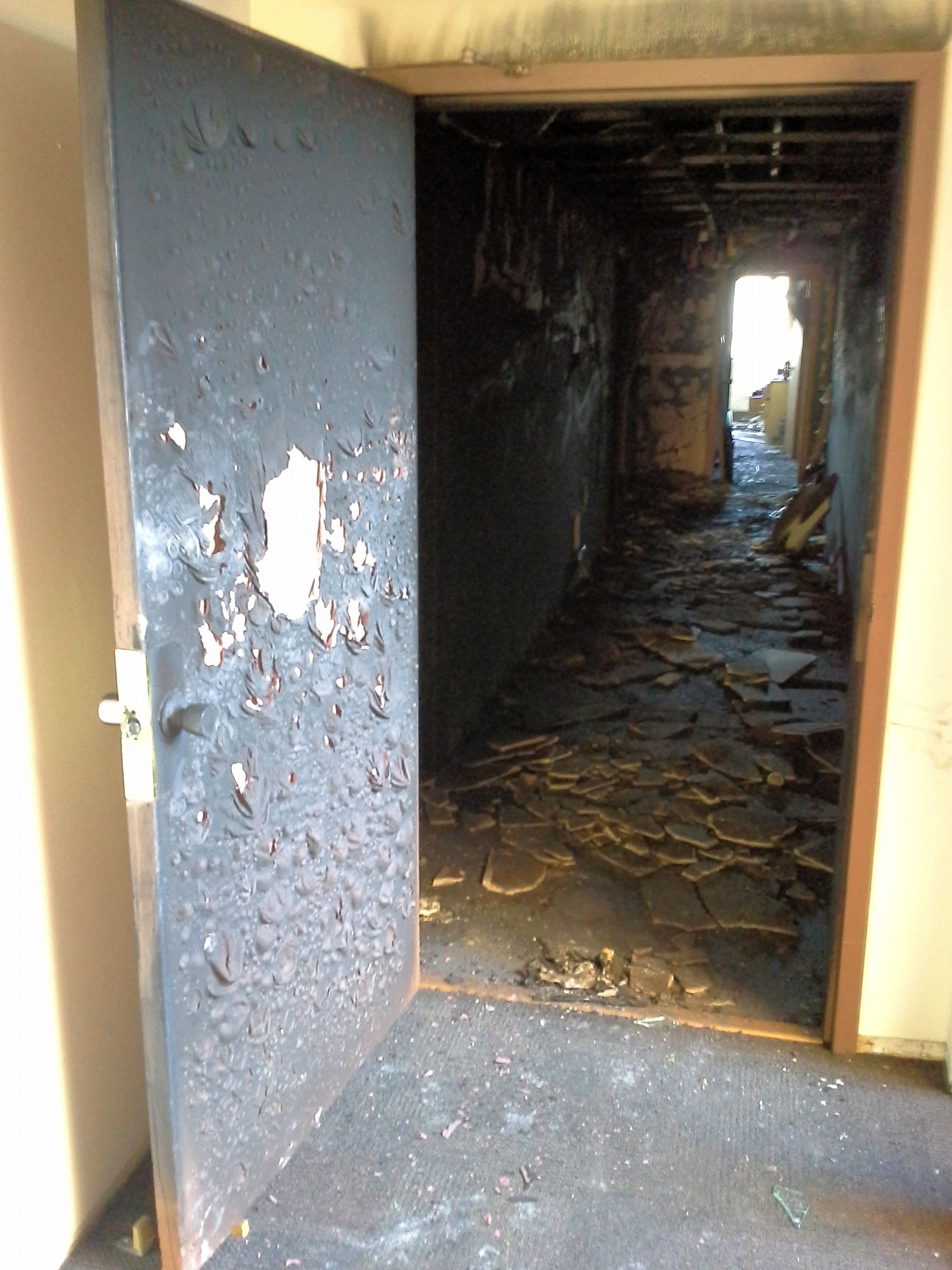
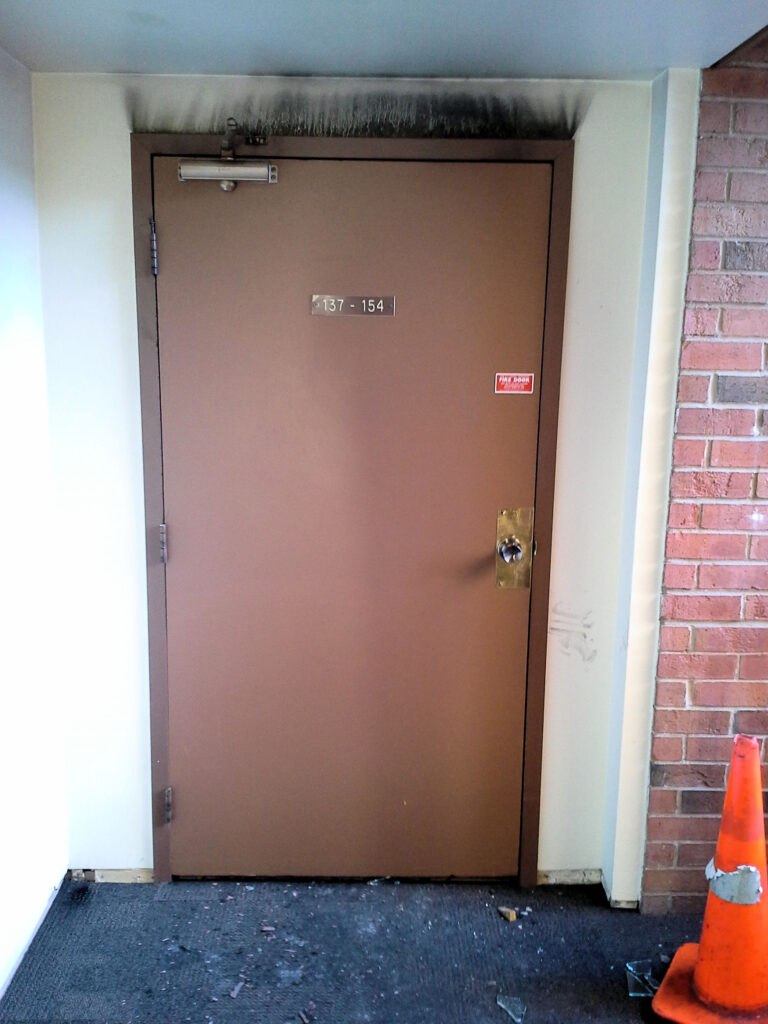
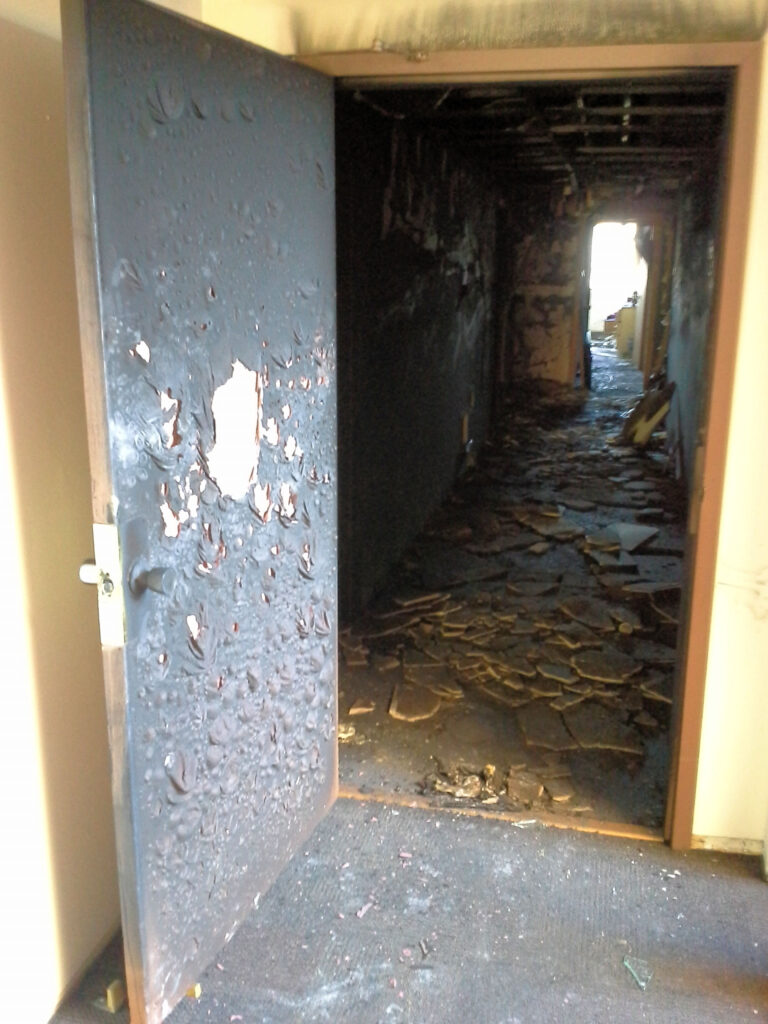
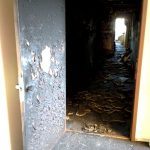

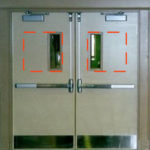





Leave A Comment